If you draw a Great Circle route — or just about any sane route — between Baltimore and Oslo, it will not take you through Rome. And yet here we are for three nights, since OAT offered it as a low-cost add-on to the Scandinavian main event. We even capitalized on our exalted station in life to fly Business Class to get here, primarily because Alice said so. So here she is nestled in her airborne Lap O’ Luxury pod, aboard our British Airways 787. (They are arranged like love seats with the two occupants facing each other, antiparallel so that the configuration looks like a letter S as viewed from above. The gap between them has a frosted window that can be raised and lowered if you’re tired of looking at each other. The screen at left swivels out 90o to face me.)
Masks are no longer required on flights, but we fall squarely into the “better safe than sorry” demographic, which put us into a surprisingly small minority. During our plane change at London Heathrow, we were struck by the relative paucity of masks in the airport; I’d estimate that fewer than 10% of people were using them. So apparently COVID is no longer anything to worry about, and all those nagging epidemiologists not worth listening to. Who knew?
We arrived on time in Rome and were promptly met by our transfer driver, whose only role was to (a) walk us and our luggage to his car, and (b) drive us to our hotel, but nearly managed to blow it anyway. (“You had one job!“) The meeting part went fine, the walking to the car part not so much. He walked fast, way fast, pulling ahead of us like a speed walker on crack. Alice could not keep up, to the point that I had to fast-walk ahead, literally grab him, and tell him to slow down. He nodded, though apparently in recognition that it was Backwards Day, since he then charged ahead as though pursued by wolves, down the corridor, around a corner, and into thin air. He lost us. Alice stayed at the point of our last confirmed sighting of him while I executed a one-man search party mission, hunting around as many corridors and parking lots as I could find, and periodically returning to Alice to see if he had noticed we were gone and retraced his steps, which apparently he had not.
After 15 minutes of this, my phone started to light up with texts, photos, and GPS pins from him trying to tell us where he was. The photos were useless since we didn’t know the landmarks, and the GPS pin did not suffice to guide me since we were at a low level in the building and my phone couldn’t get a GPS lock. Then my phone started to light up with unhelpful messages from his office, telling me that he was there (where?) and we should go find him. (Thanks, I hadn’t thought of that!) Finally after about a half hour of misadventure we found each other, and our ride to the hotel was enlivened by a long telephone conversation between him and the office, characterized by the calm analytical reasonableness for which Italians are famous.
Ha! Didn’t fool you, did I? Of course they screamed at each other over the phone for the entire time, a high-volume pyroclastic flow of Italian imprecations whose only comprehensible words to us were “Whatsapp”, “GPS”, and “photo”.
No matter. The important thing is that we are in Rome, which vies with Tokyo for the title of Major City With the Highest Density of Cheerfully Crazy People. We’ve been here before and love it (especially the food), and we only have two full days so we are not going to do the high-sped tourism, see-everything schtick. Today was the Coliseum and the Forum, tomorrow the Pantheon, the Borghese Museum, and tomorrow night a Vespa tour of the city where we ride in motorcycle sidecars. (We did something similar in Vietnam three years and had a blast.) That’s about it.
The weather is sunny and quite hot — around 90F — which is noticeably debilitating for Alice. But she gamely made it through our 3 hour walking tour of the Coliseum and the Forum. We booked an official guide, a young, lanky, voluble PhD archaeologist named Eddy, in order to be able to get to the underground parts of the Coliseum where not everyone is allowed to go. You all know what the Coliseum looks so here’s the obligatory outside view (a 2-shot panorama, for the photographers among you):

(The column on the left does not really lean outward; that’s an illusion due to the perspective and the geometry of the panorama.) Here’s a gallery of interior shots that you can click on for a larger image.




And now the moment you’ve been waiting for, namely an array of Fun Facts about the Coliseum:
- It was completed in 80 AD and originally sported a gigantic statue of Nero modeled after the Colossus of Rhodes, hence the name.
- It could hold roughly 70,000 spectators, who enjoyed gladiator fights, public executions, and other family fare, which reminds me…
- The whole “thumbs up, thumbs down” image of the emperor condemning a gladiator is complete bullshit, originating mostly from an otherwise obscure 19th century French painting that shows the crowd doing it. In fact most gladiator deaths were accidents, since the matches were frequently fixed in advance: the two managers would cut a backroom deal about who would win or lose, with the emperor as a witness. In fact, a gladiator would sometimes be “killed” in a match, only to show up again in a later match as a different character (with different costume and helmet to obscure his face). In short, the whole industry was rather similar to professional wrestling today.
- The gladiators did not look like Russell Crowe. They lived on a low-cost high-carb, low-protein diet and mostly were pretty flabby.
- The place had 66 elevators to bring animals and sets and such up from the underground corridors to the level of the arena. One or two have been restored, elaborate mechanisms operated by about eight slaves. The last slave in the operating sequence was the guy who opened the gate to let the animal out into the arena. Those animals were starved for two days before their appearance, so you did not want to be that guy. Speaking of which….
- The word “arena” comes from the Latin word for “sand”, which coated the floor and was used liberally for sopping up blood.
The Forum is a short walk from the Coliseum, immediately below the Palatine Hill. That’s the hill upon which Rome was founded, in historical legend. You remember Romulus and Remus, raised by a she-wolf after their mother abandoned them by floating them in a basket down the Tiber River. (If that sounds suspiciously like Moses, bear in mind that the latter predates Rome by a solid millennium, so that paradigm was already well-established.) In any case, Romulus killed Remus in the most epic case of sibling rivalry since Cain and Abel, and went on to found the city on the first of what became the Seven Hills of Rome. Which is especially intriguing in light of the inconvenient geographical fact that Rome actually has nine hills. But seven is a more mystically powerful number (the Seven Seas, Seven Sisters of the Pleiades, seven dwarves, etc., etc.) so I guess someone did some creative cartography. In any case, Palatine Hill, by virtue of both its views and its historic provenance, became the go-to neighborhood of Rome and the site of many elaborate homes…. and that’s where we get the English word “palace”. (Ta da!)
Today, Palatine Hill is a smattering of (to me) not especially interesting ruins, scattered among various empty spaces accompanied by signage explaining what used to be there. But just below, the Forum is more engaging, in part because the buildings there reflect its diversity as the town square where pretty much everything was going on: government buildings, religious structures, markets, plazas where performances took place. The latter included minor league gladiator bouts; because it was so expensive and elaborate to configure and operate, the Coliseum only hosted major events about 10 times a year. This panorama gives you an idea of the variety of Forum activity.

Some of the colonnades are shrines to assorted gods, such as this one in honor of Vesta, the Roman goddess of hearth and home. She was a big deal, so much so that she was still actively worshipped for centuries after Christianity had taken hold. Her priestesses — they were all women — were pledged to chastity (you have heard the phrase “Vestal virgin”), the penalty for deflowerment being buried alive.

The good news, such as it was, was that you could start training to become a Vestal virgin at the age of six (!), and were only obliged to stay in service for 30 years. After that, at age 36, you were free to sow your wild oats, and good luck with that because at that point you were already 20+ years beyond being considered marriageable.
And then there was the pontifex maximus, the senior Roman religious official of the day. He had offices in the forum and, it is said, a secret tunnel to the Vestal shrine where the virgins hung out so he could, um, protect them. Which we can all agree sounds both very ancient Roman and very modern at the same time.
We just returned from a rooftop diner at our hotel, looking out over the city. I’m sufficiently non-exhausted that I am about to venture out for some nighttime photos of the Spanish Steps, which are only a few blocks from our hotel. I will post the photos in a few days.


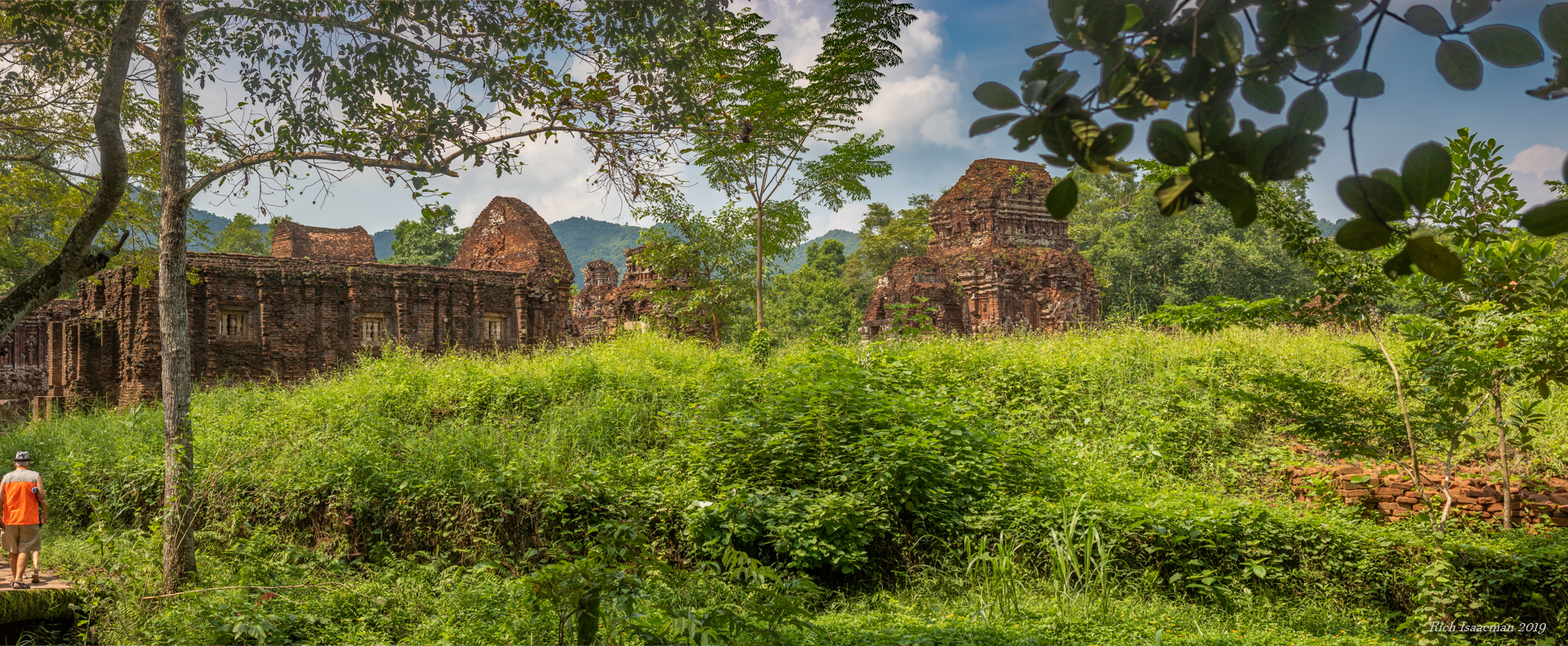
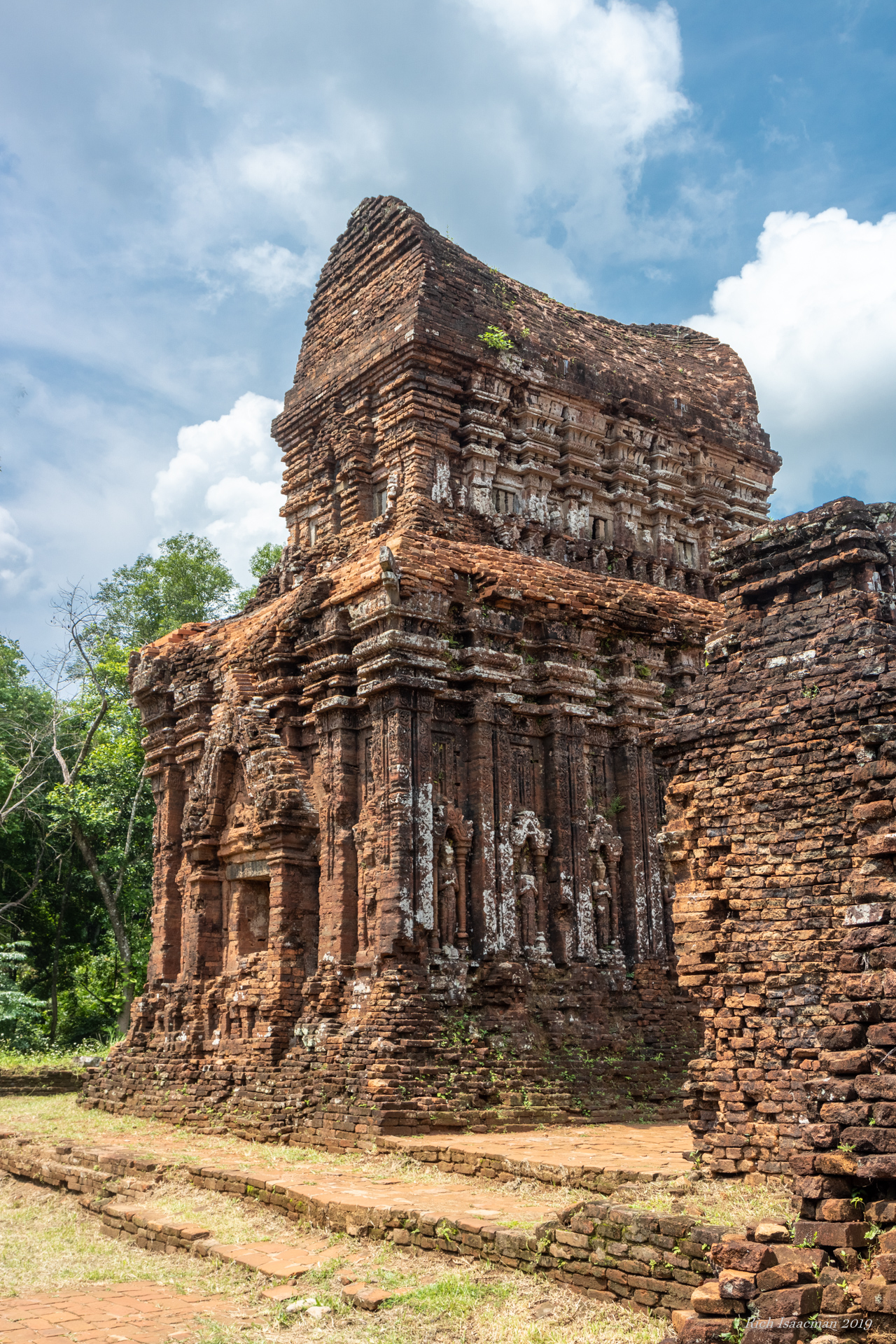
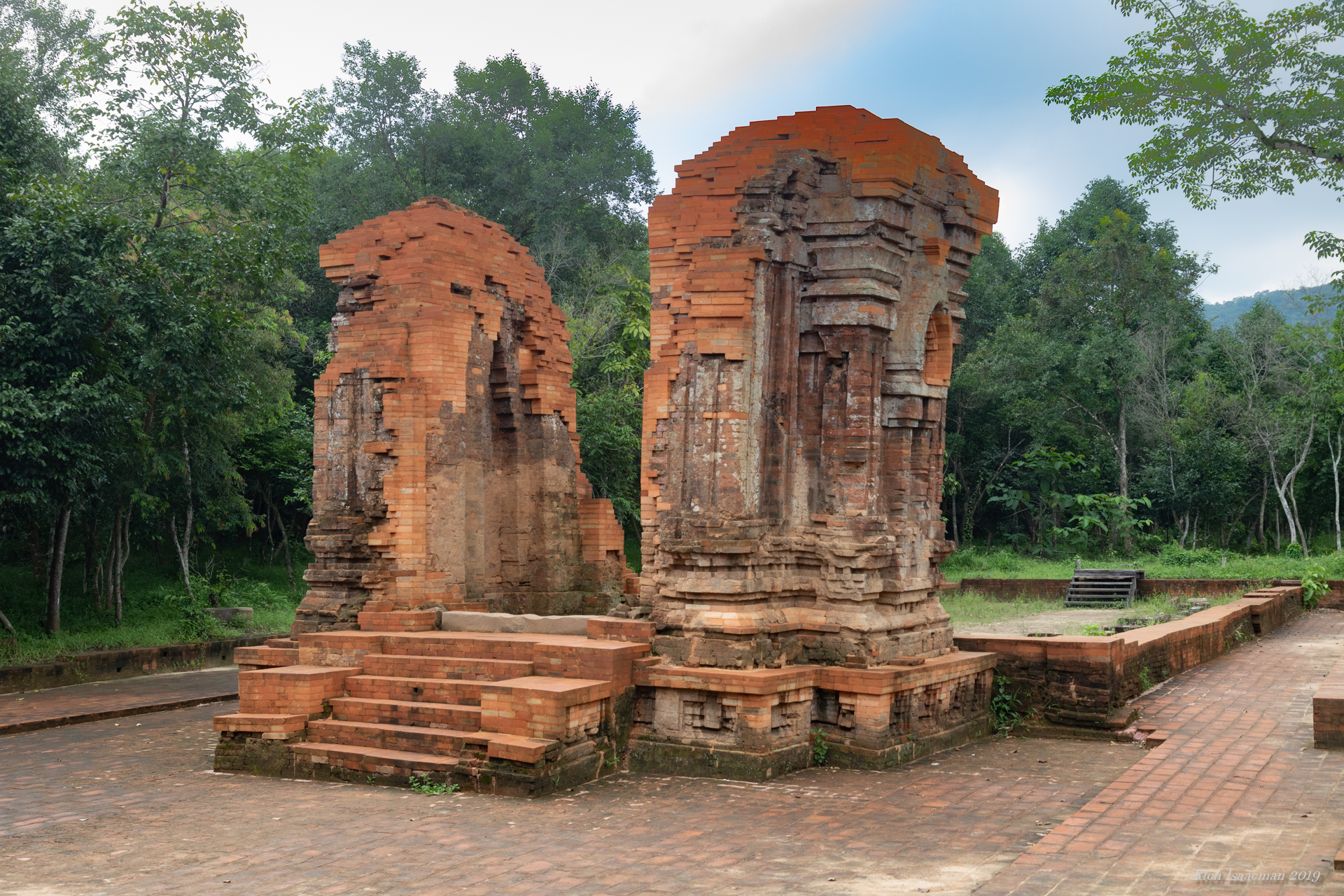
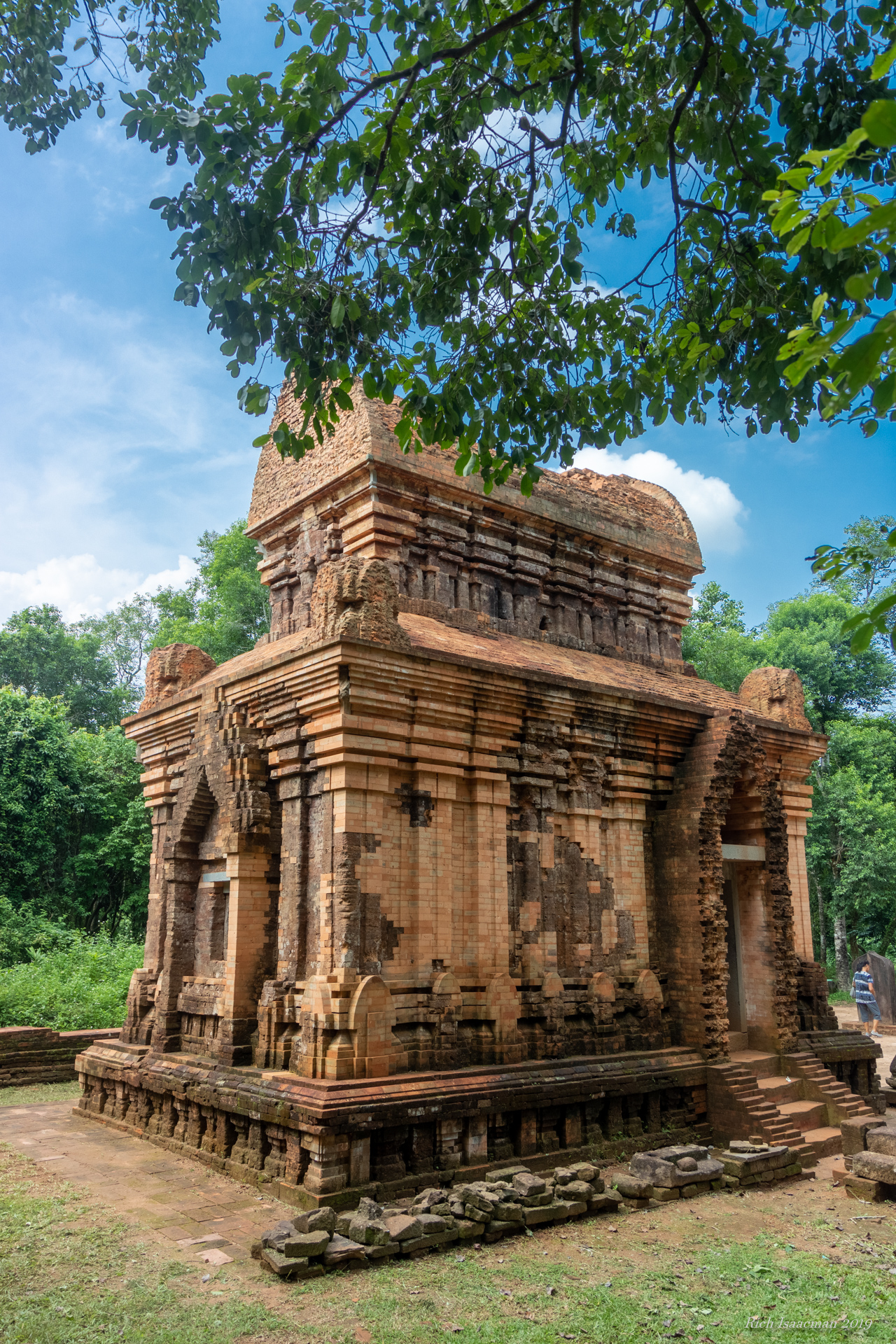
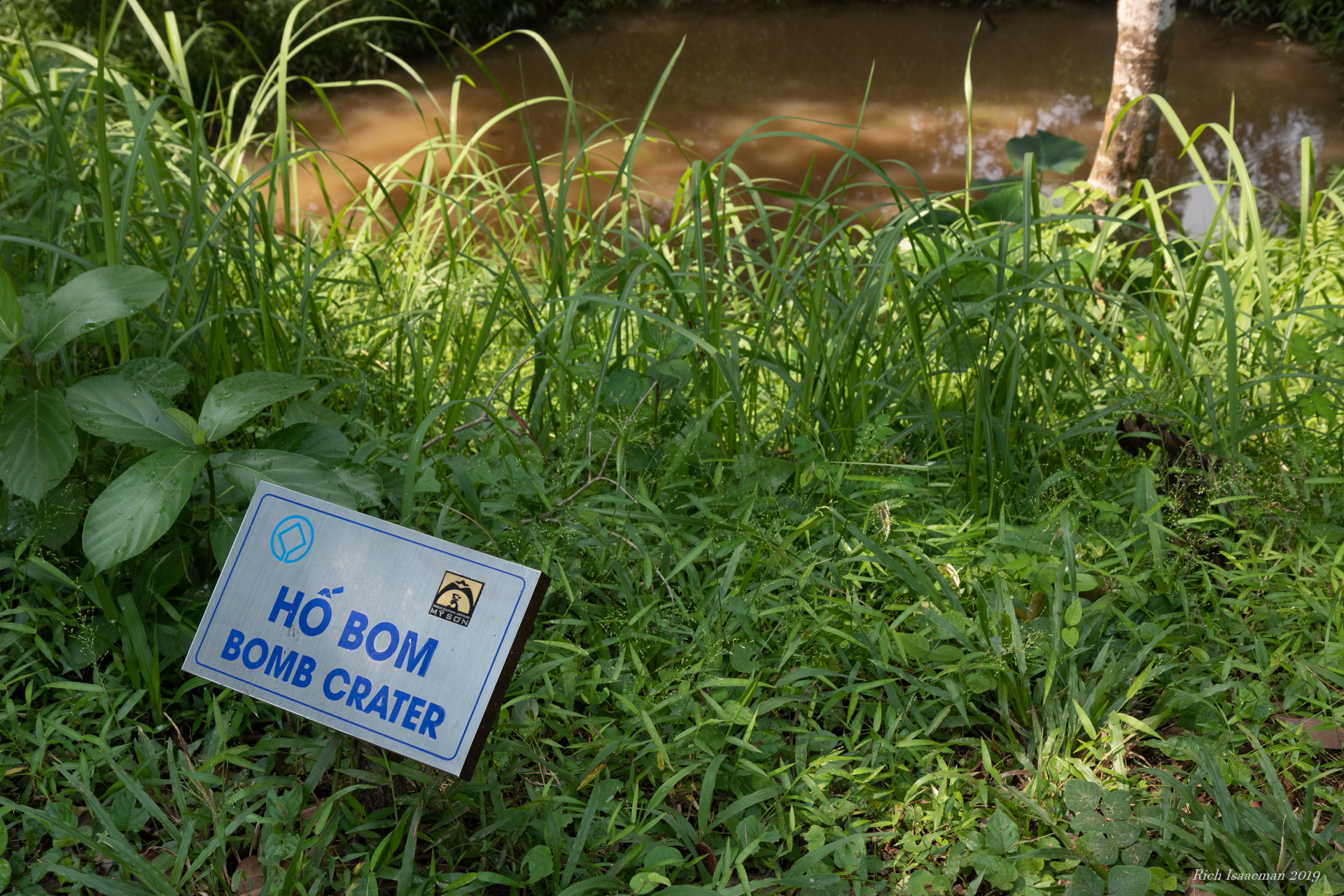
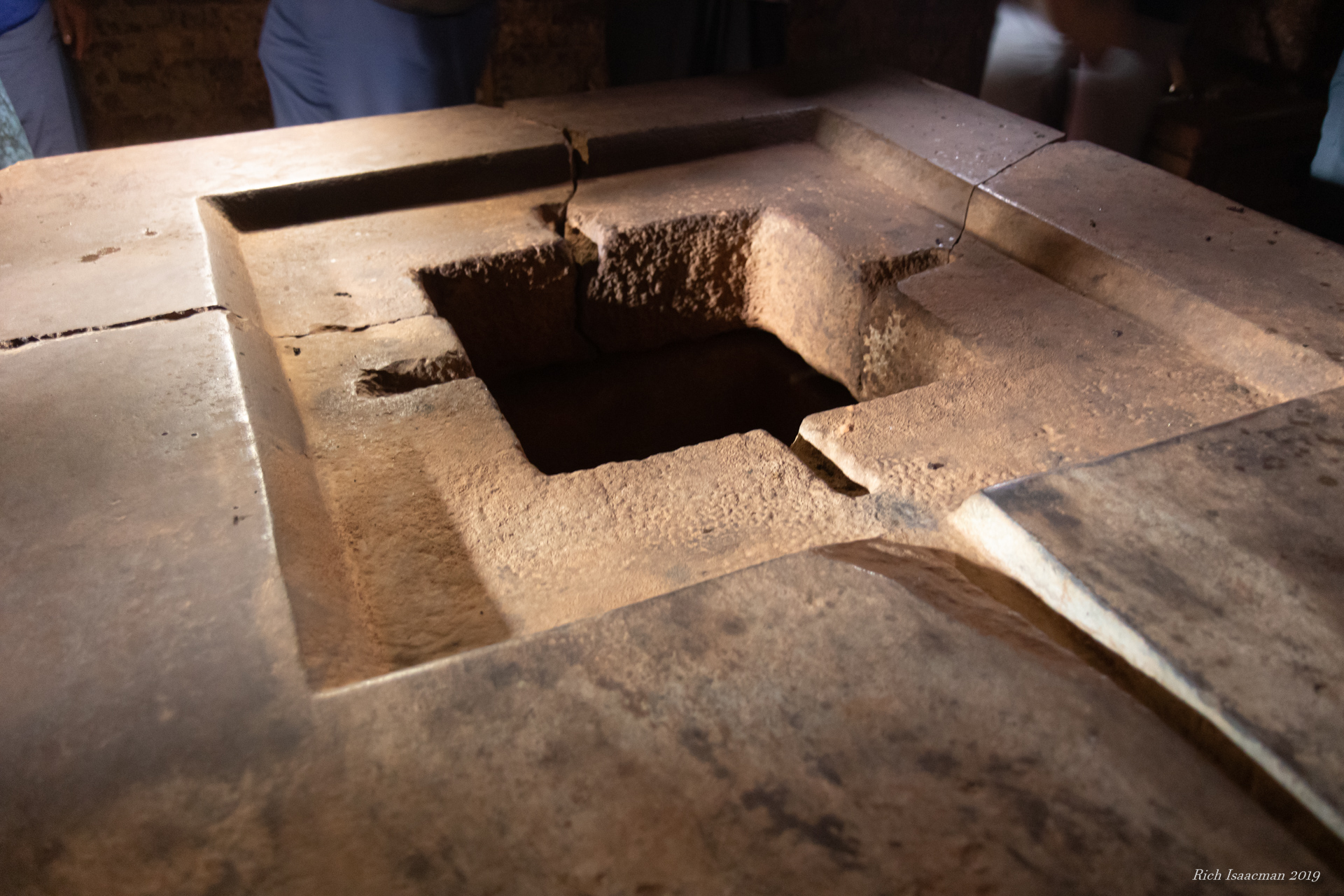 If your lingam persists for more than 400 years, consult your doctor.
If your lingam persists for more than 400 years, consult your doctor.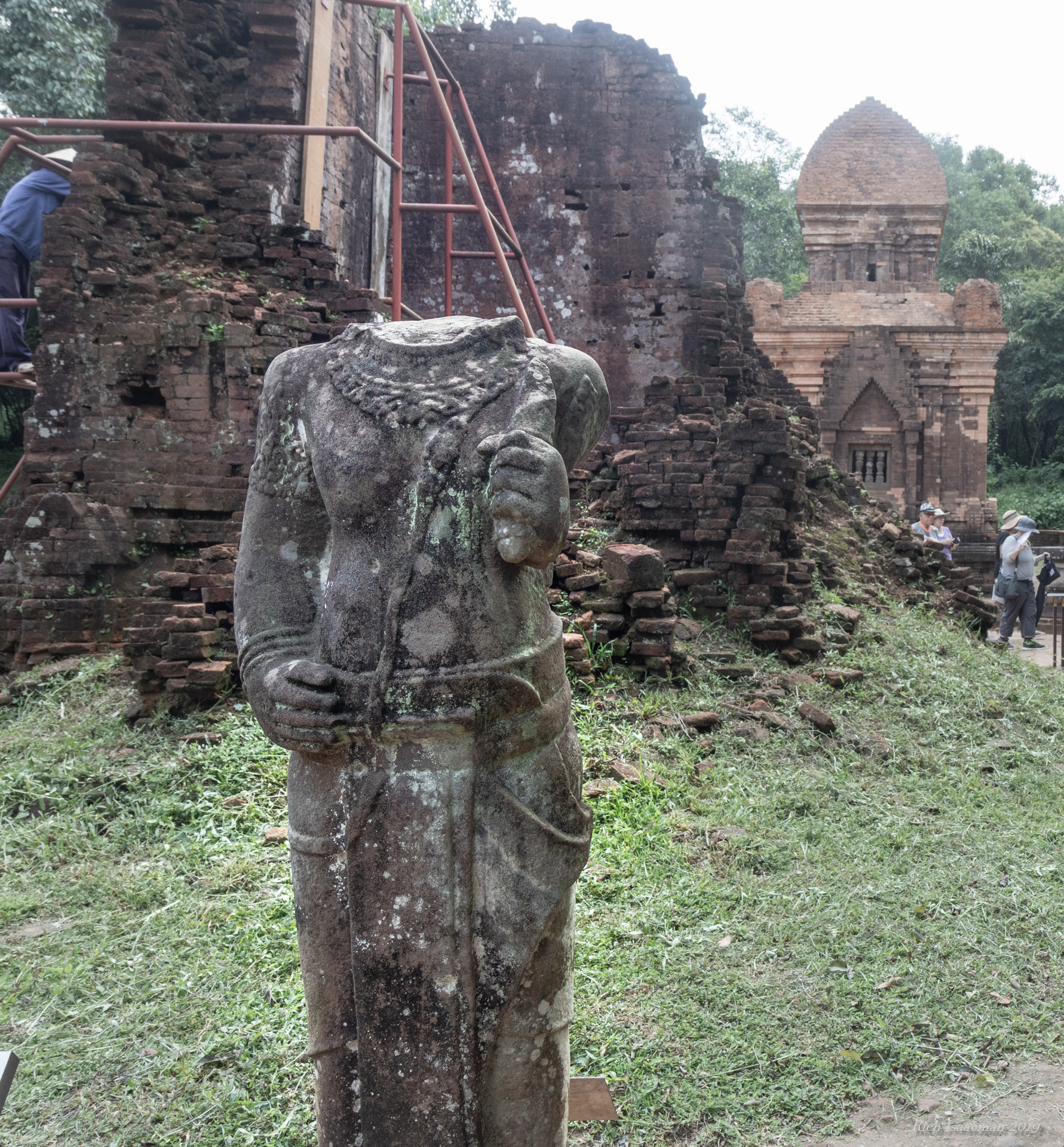
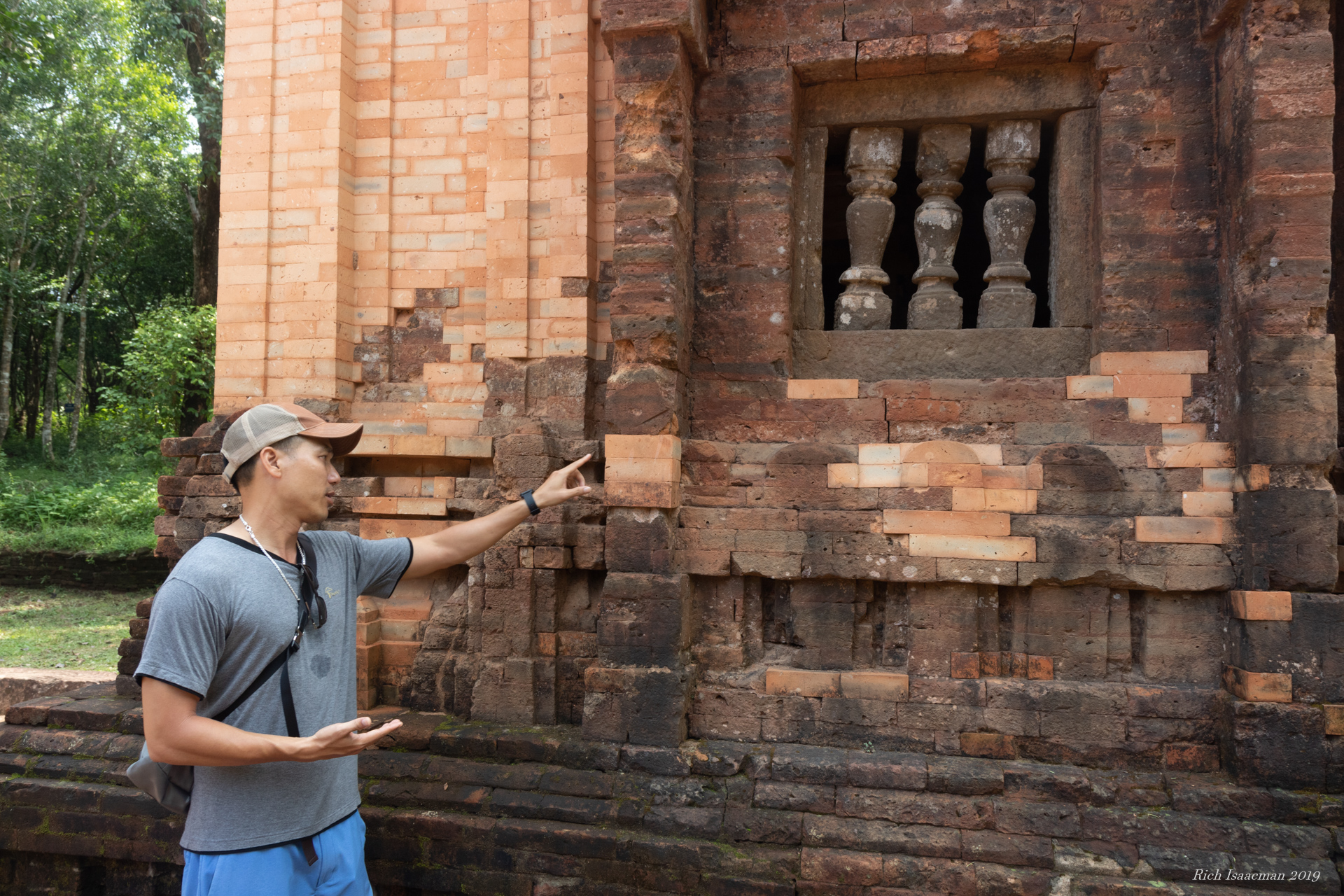
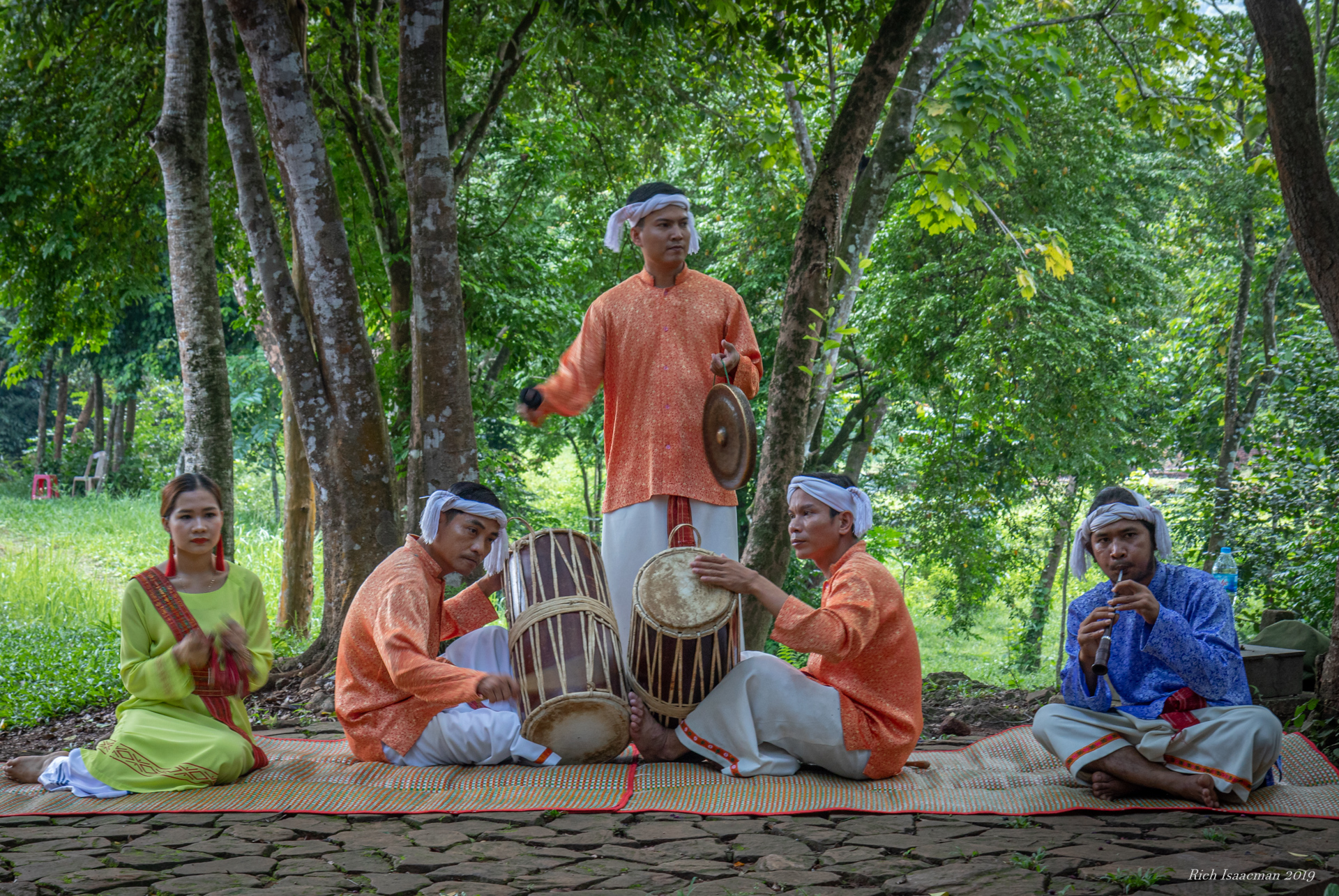
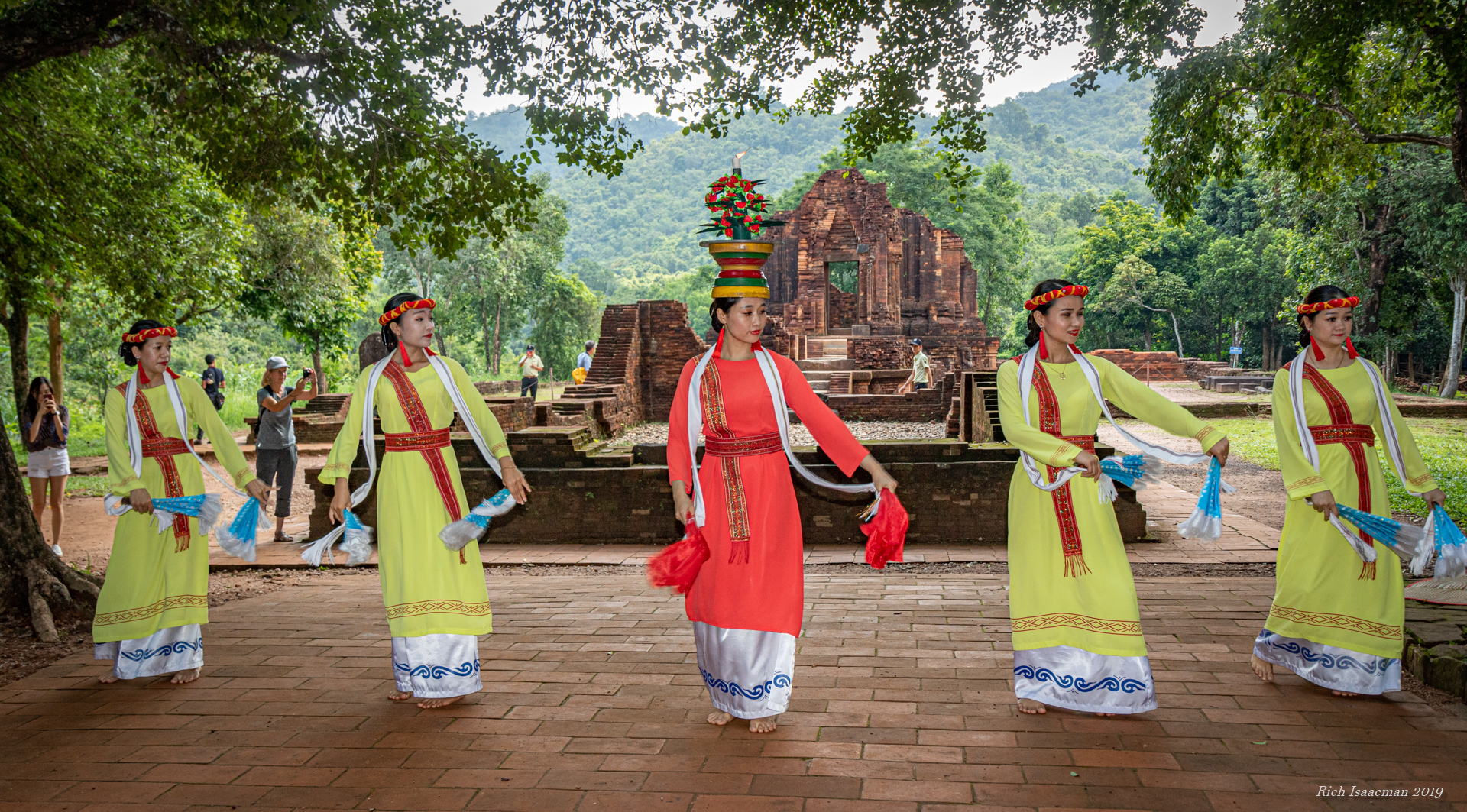
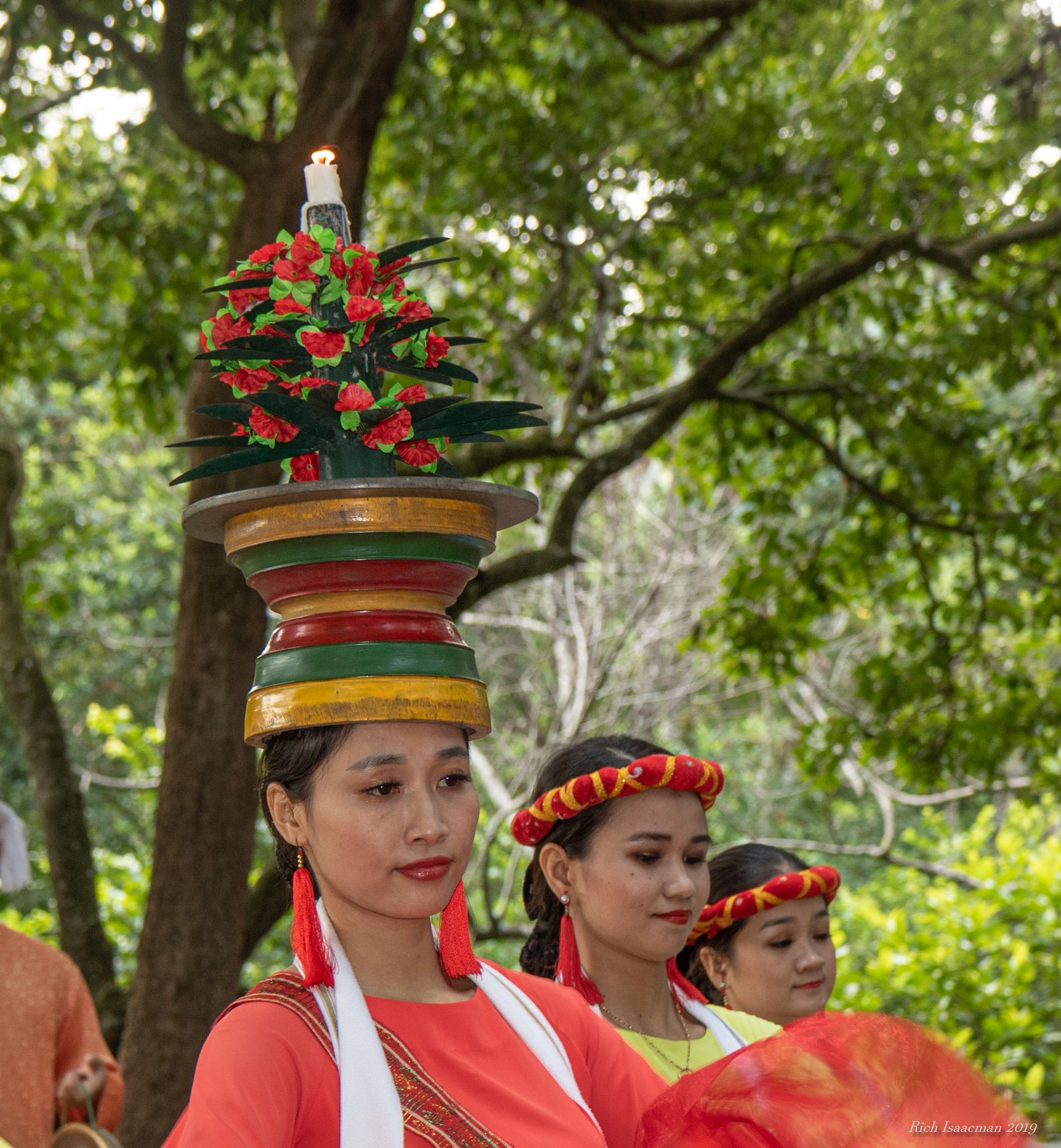
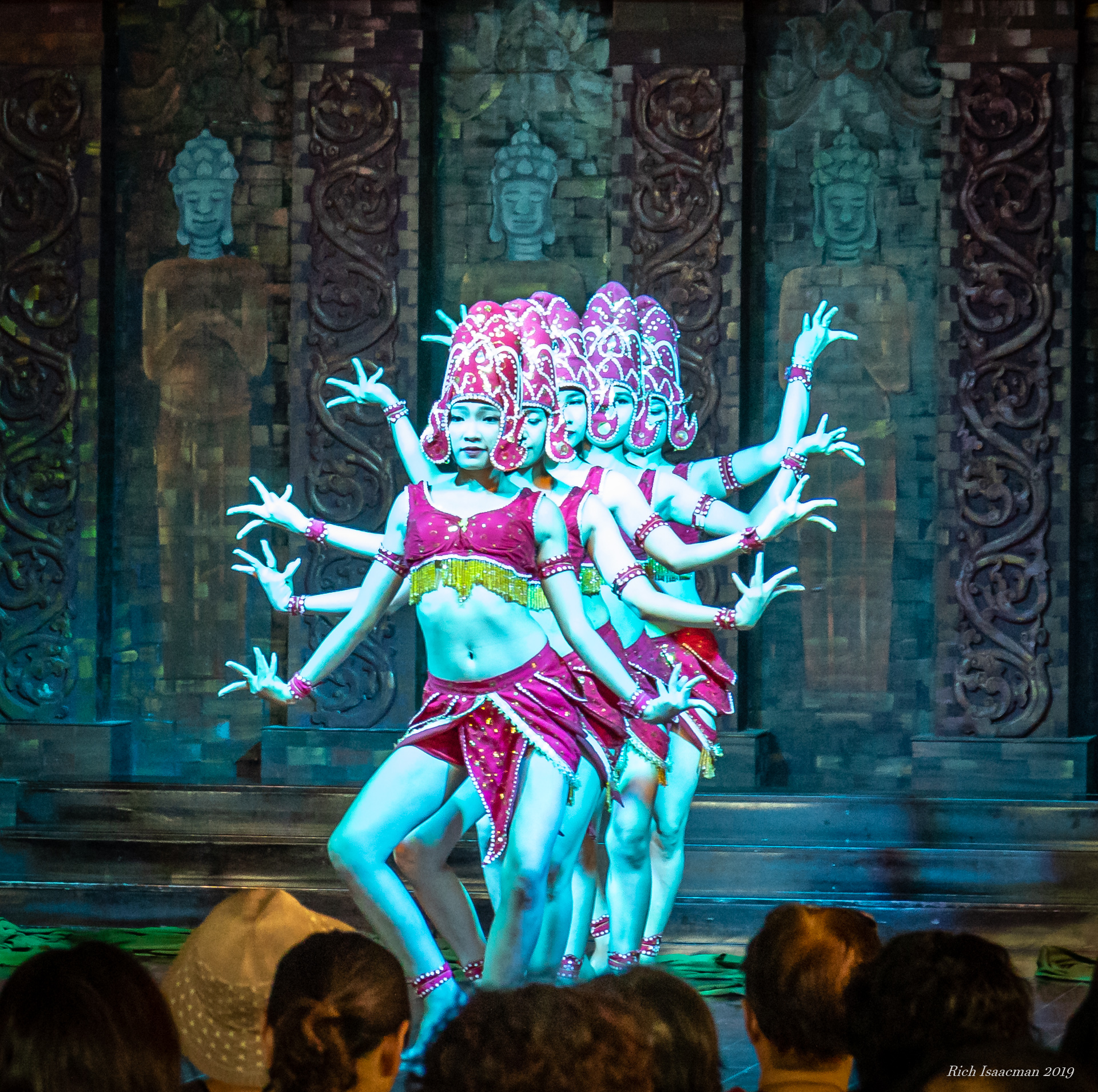
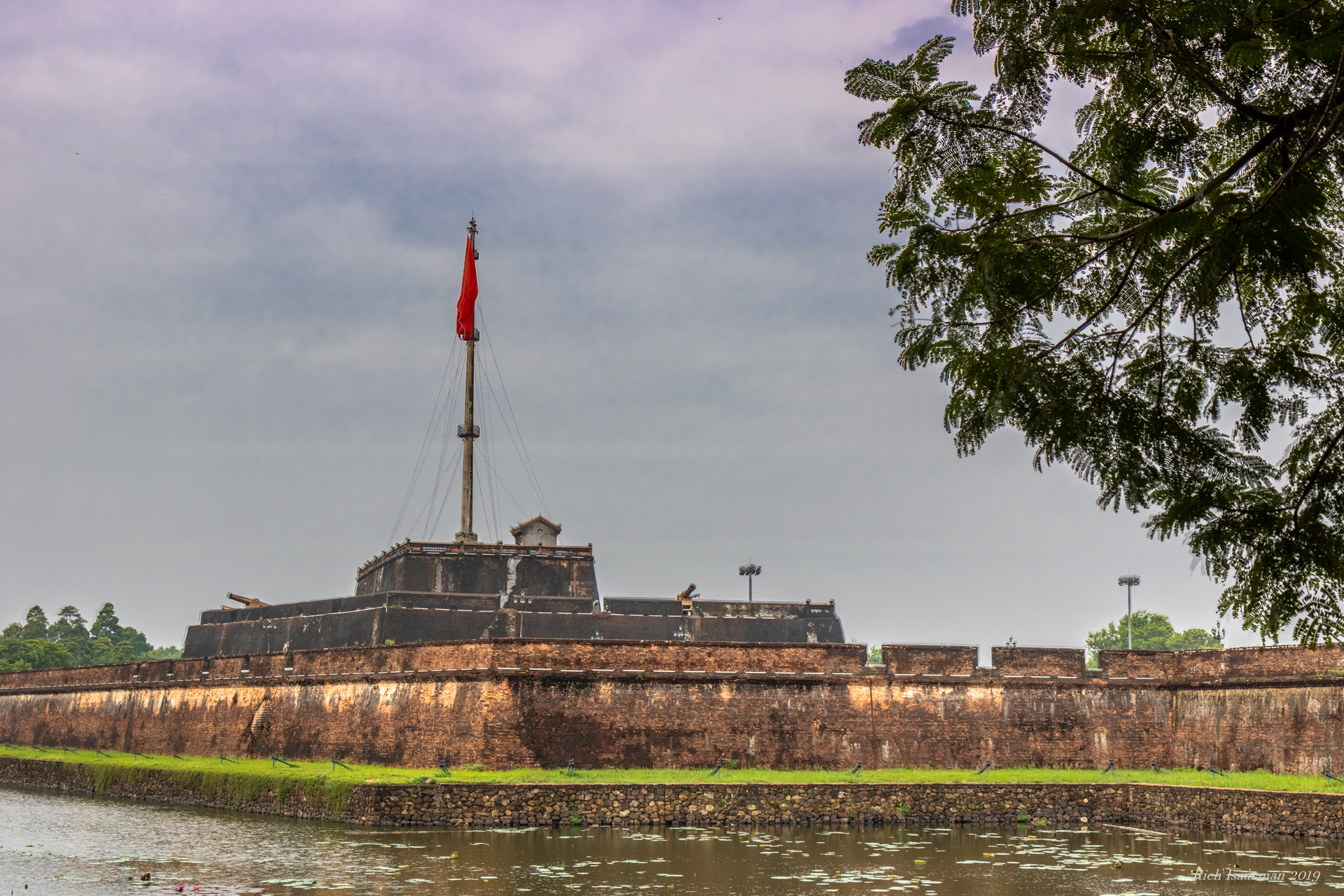
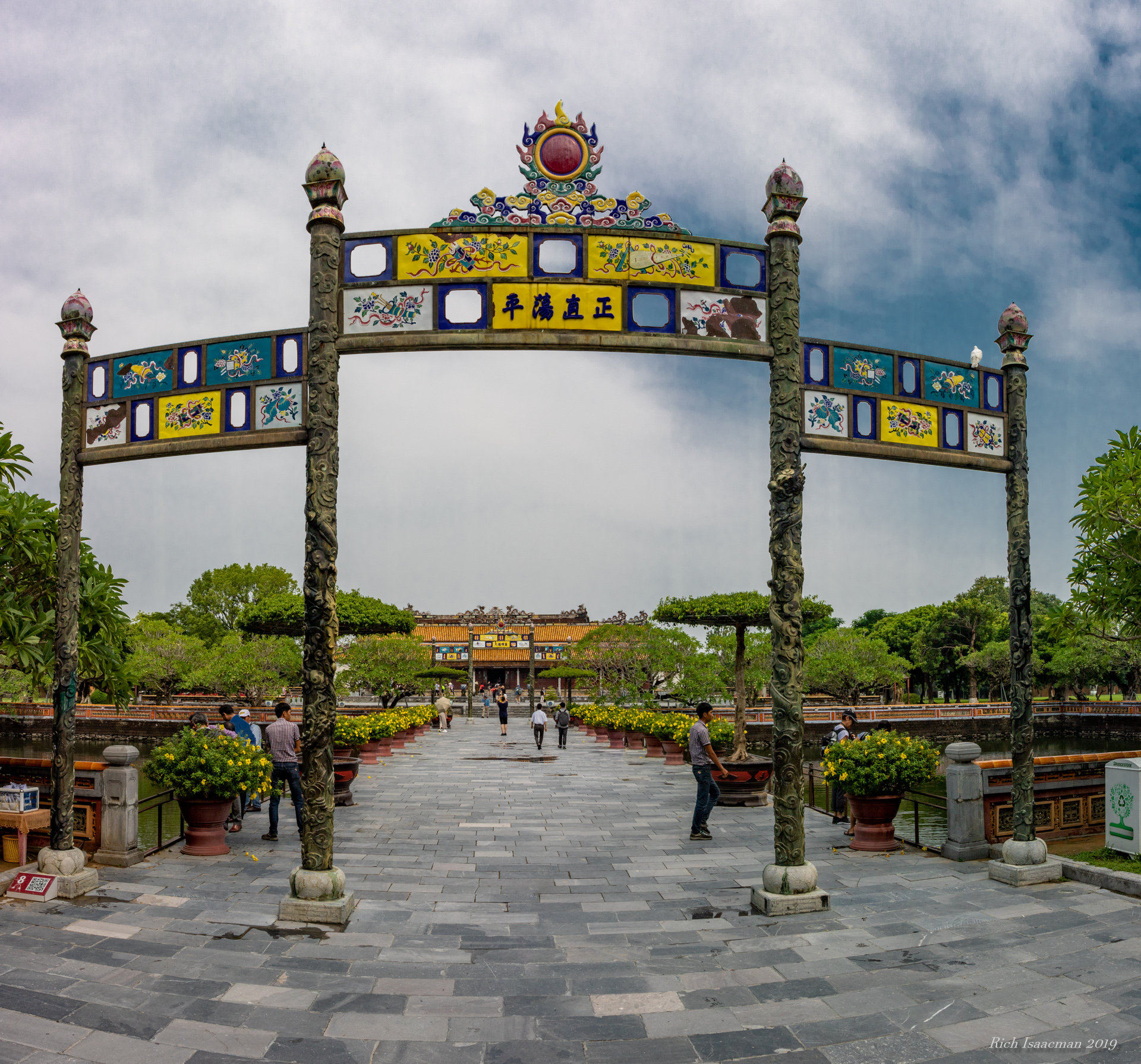
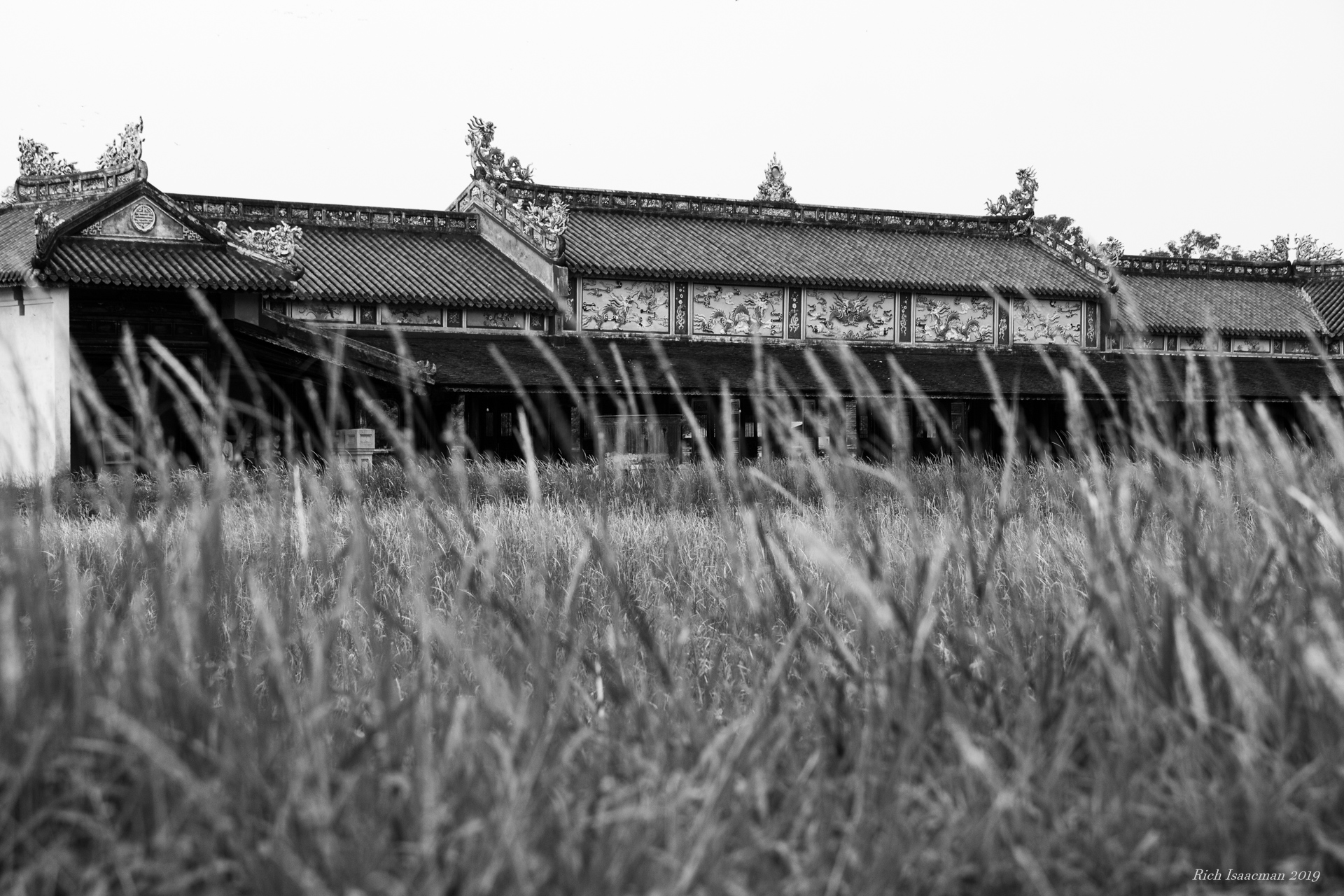
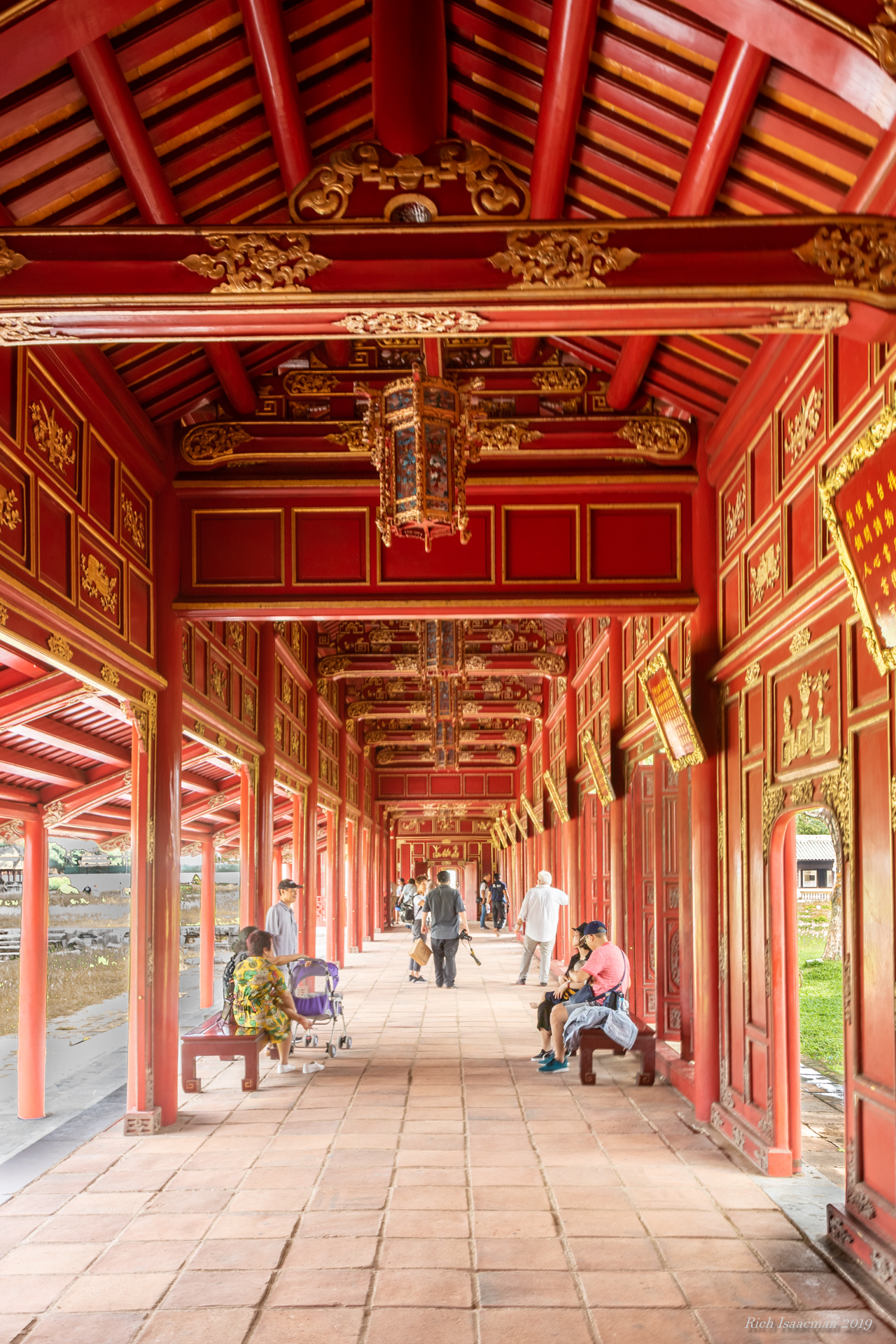
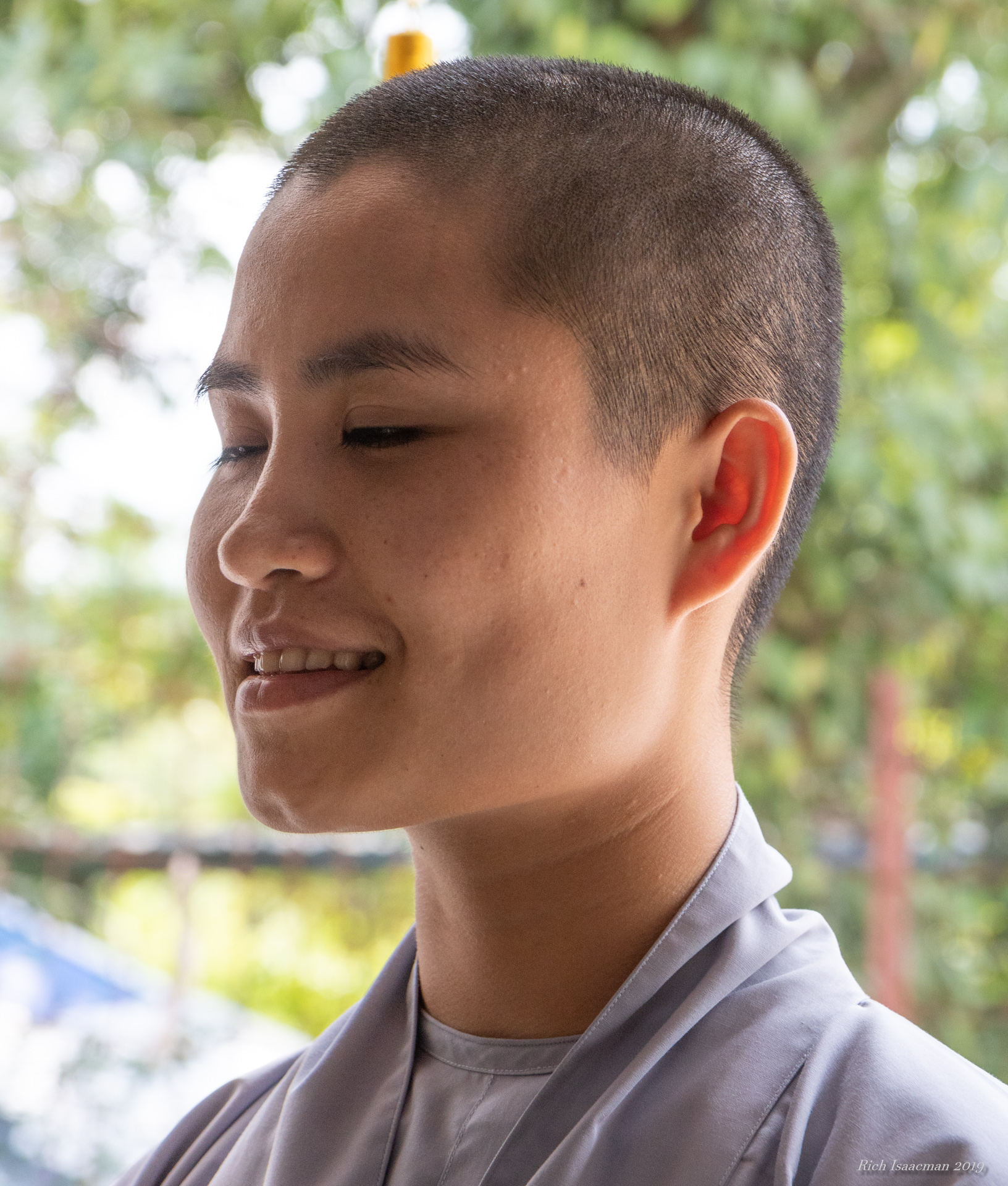
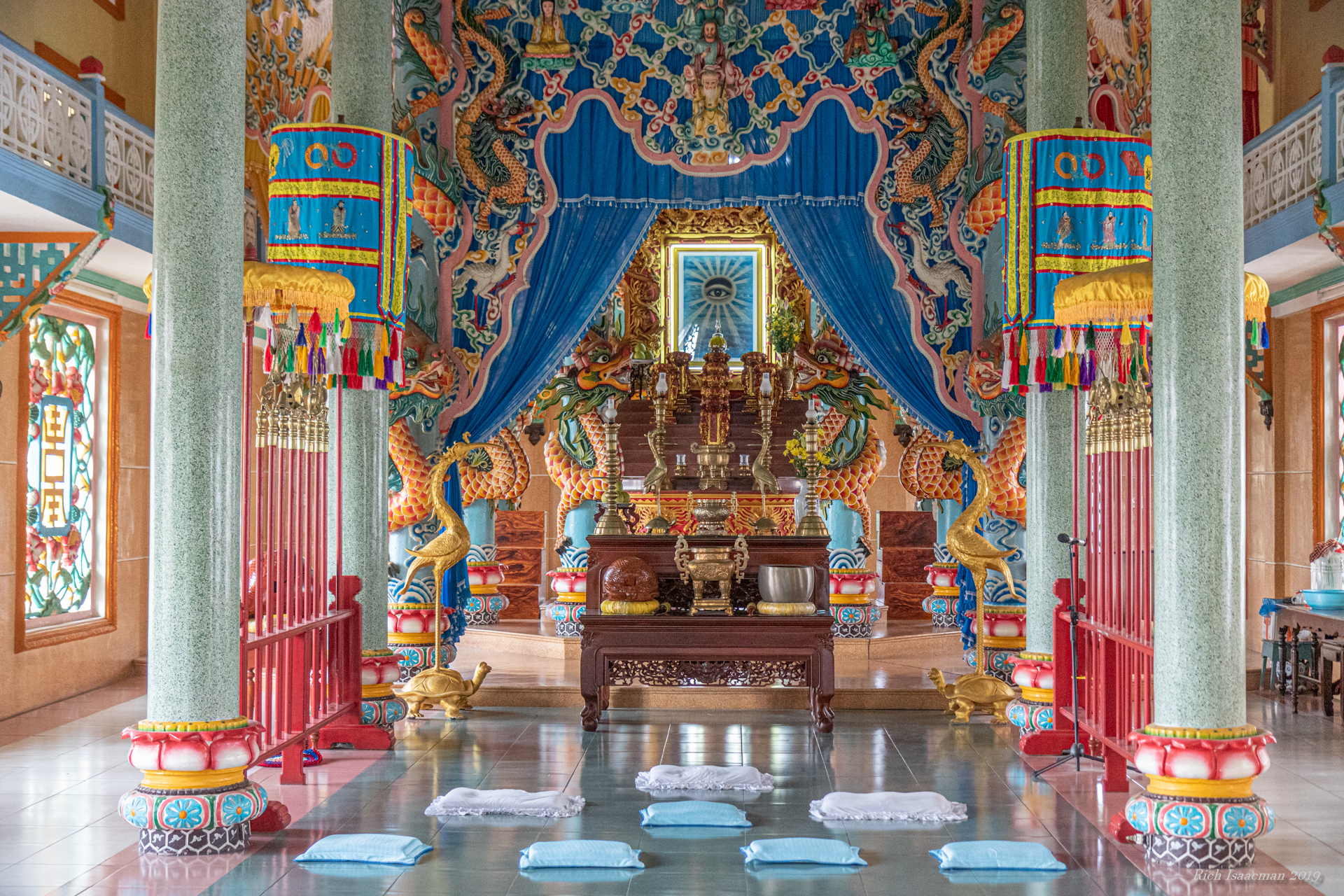




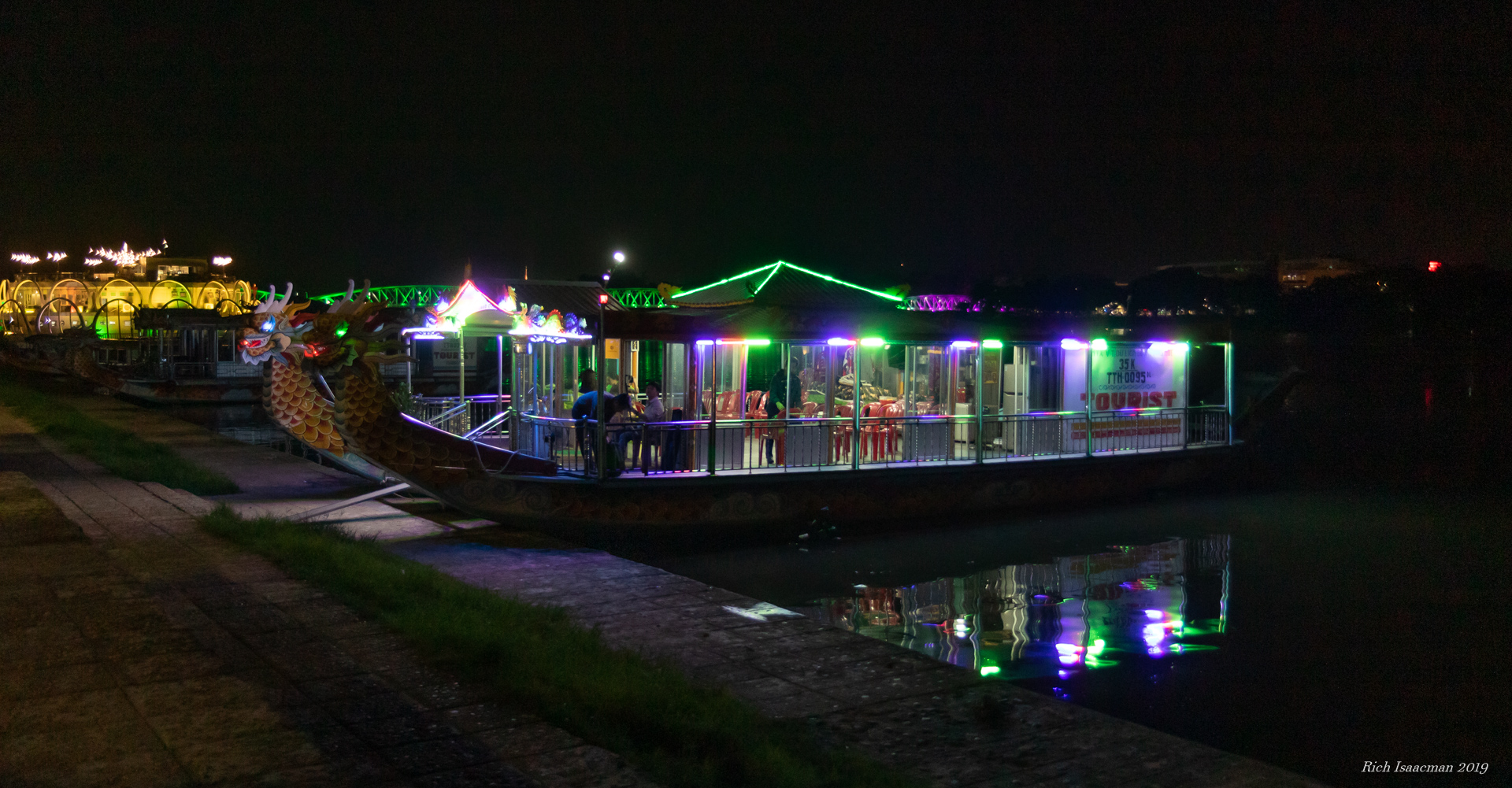
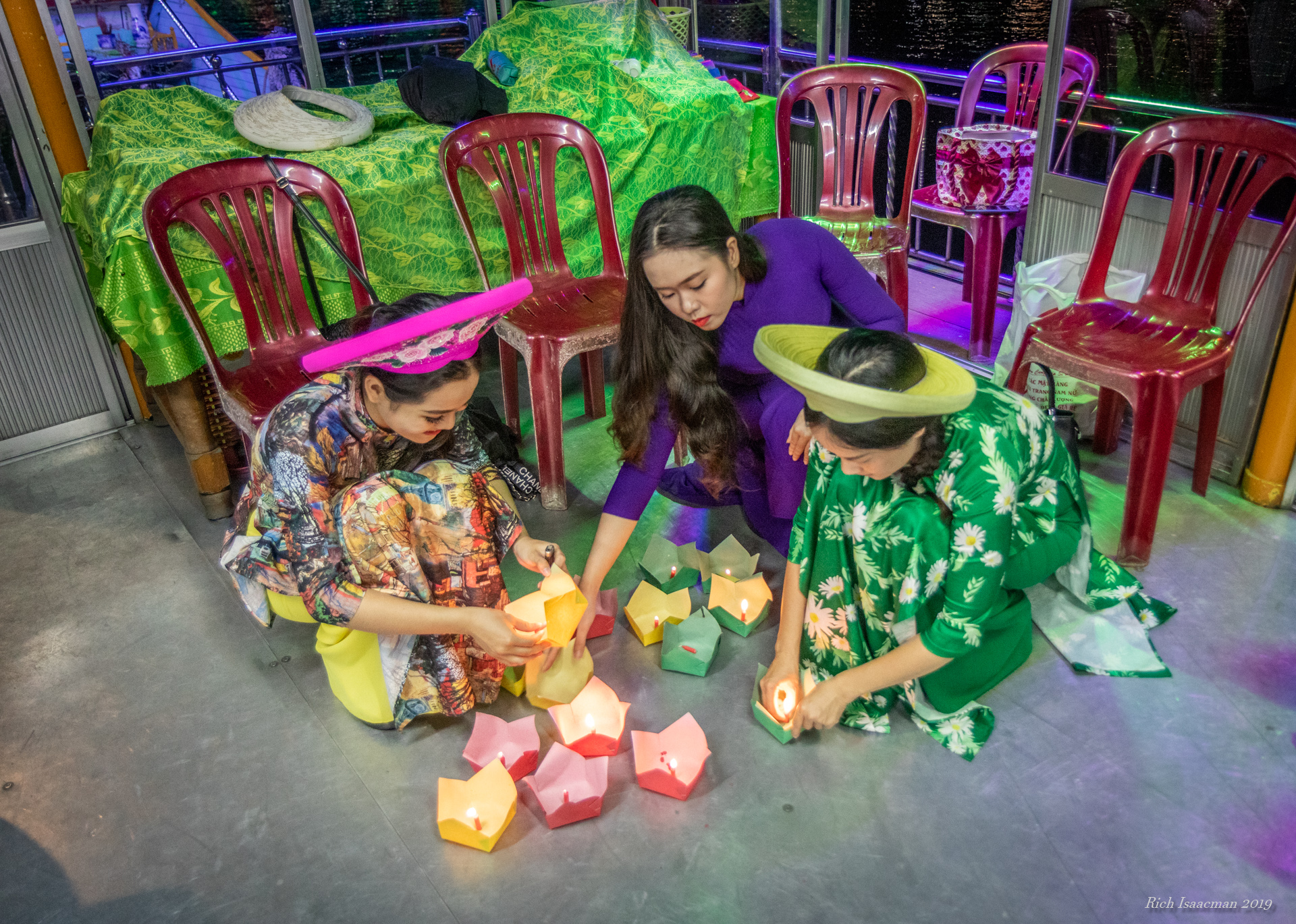
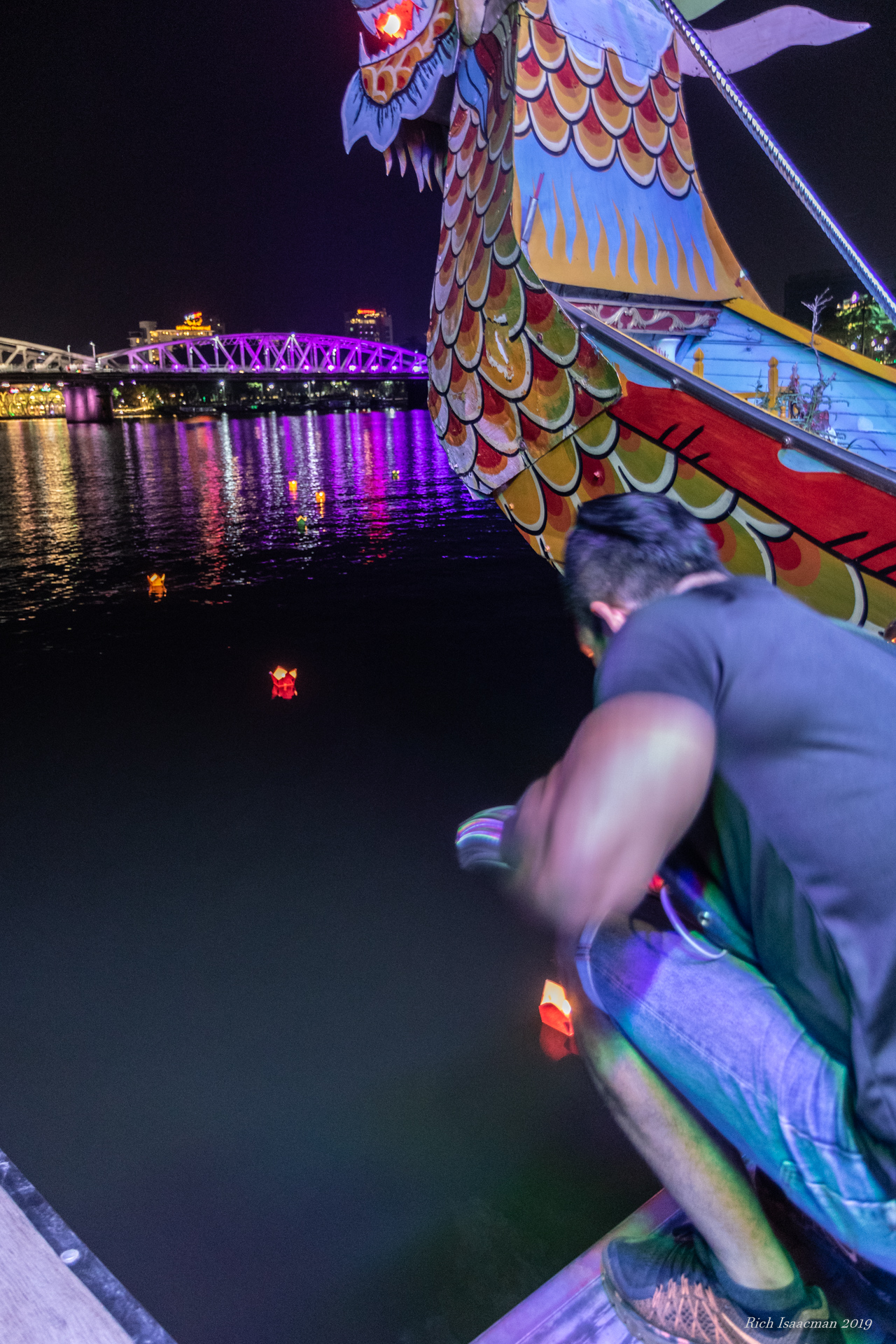

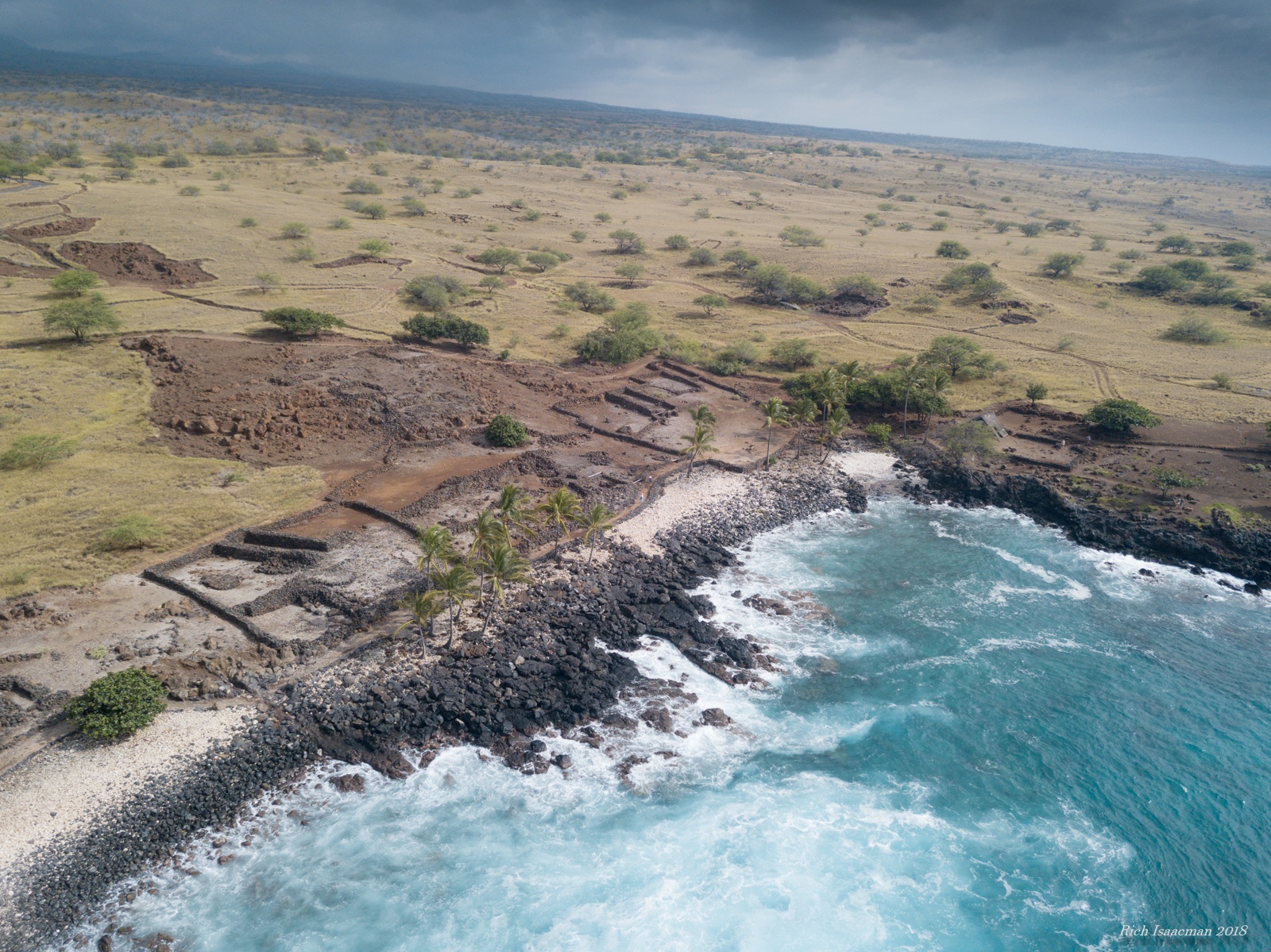
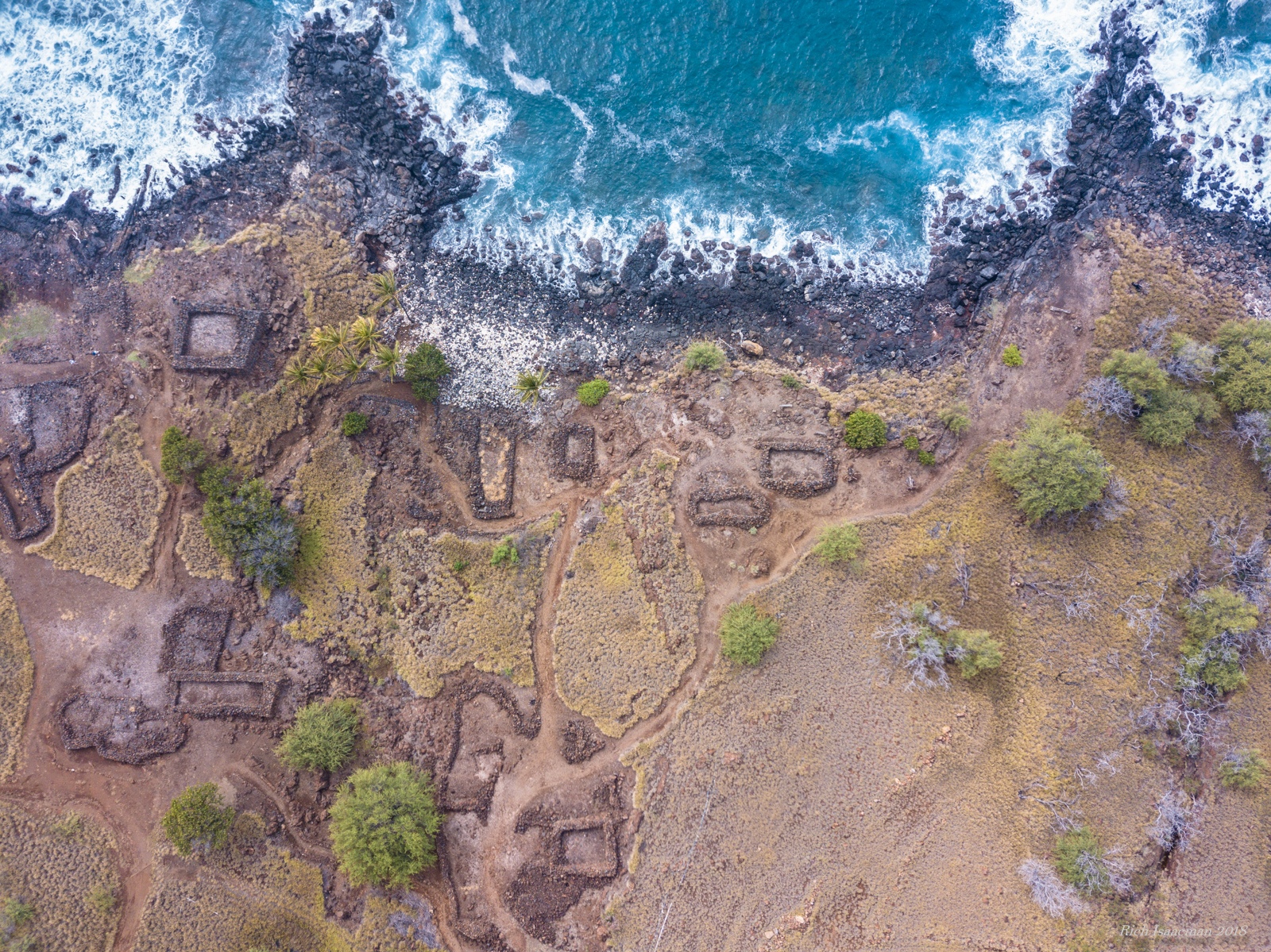




 Interestingly, this is the only place in the country where one is allowed to photograph soldiers and policemen, so I took advantage of that permission via telephoto. The guy on the right in the white pajamas and red belt is an actual palace guard, separate from any of the service branches.
Interestingly, this is the only place in the country where one is allowed to photograph soldiers and policemen, so I took advantage of that permission via telephoto. The guy on the right in the white pajamas and red belt is an actual palace guard, separate from any of the service branches.









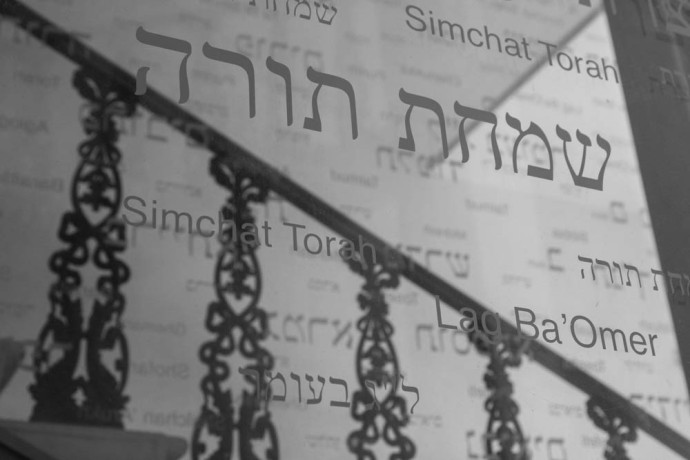
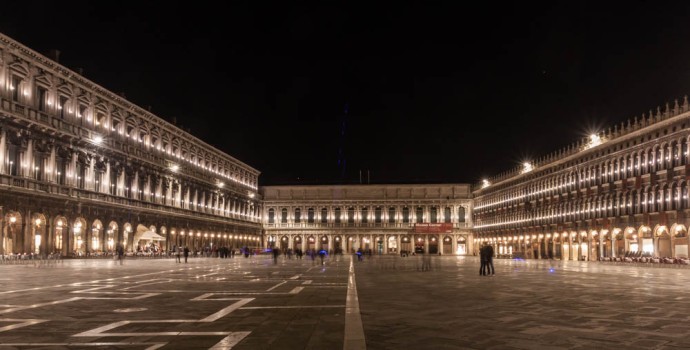
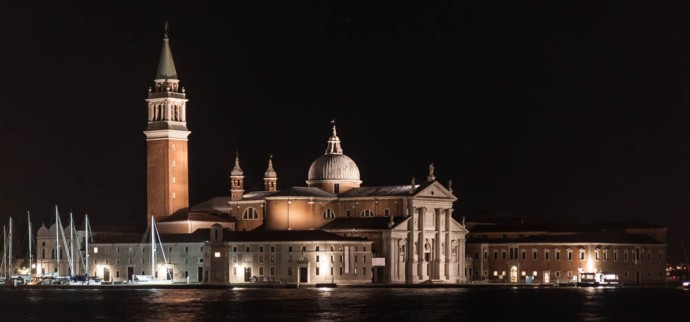
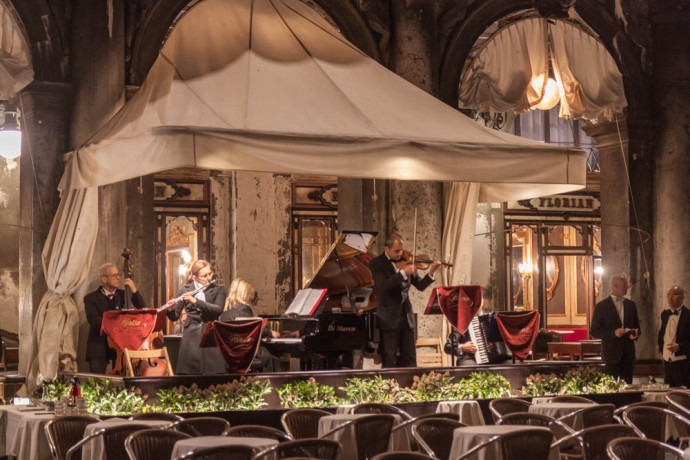
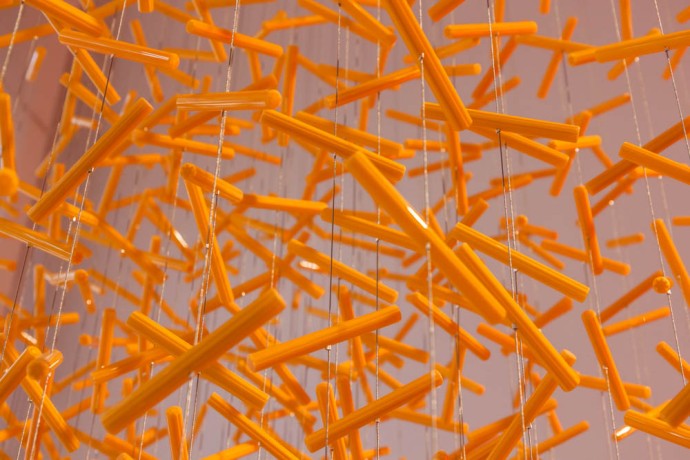
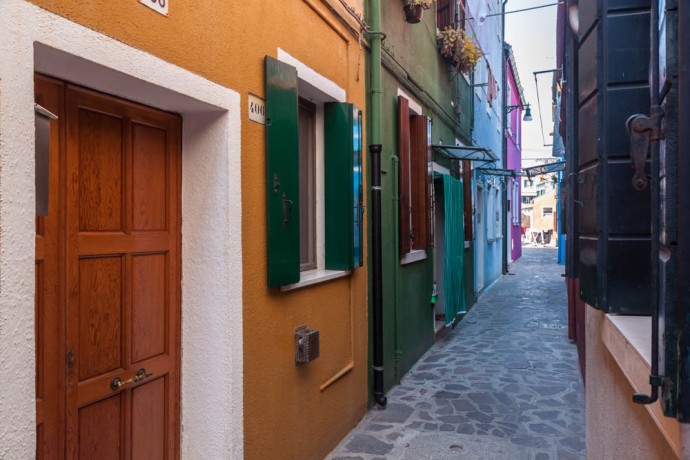
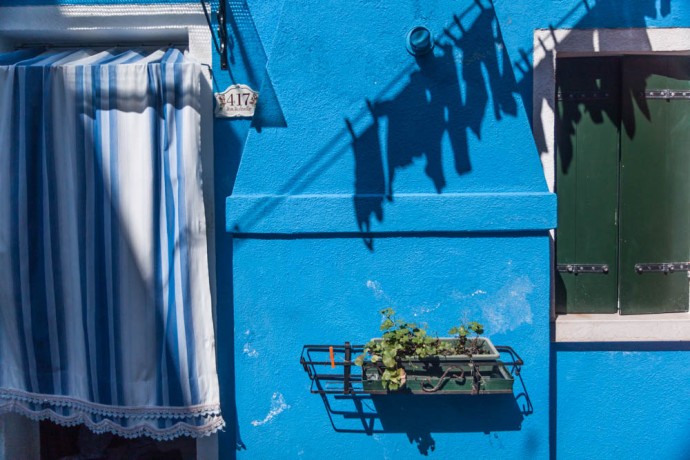
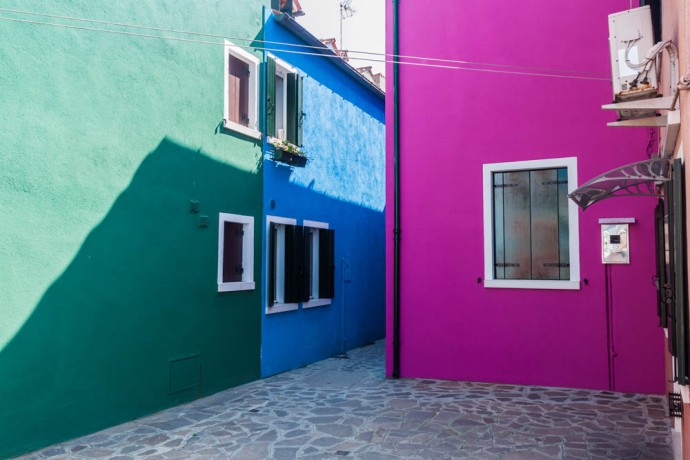
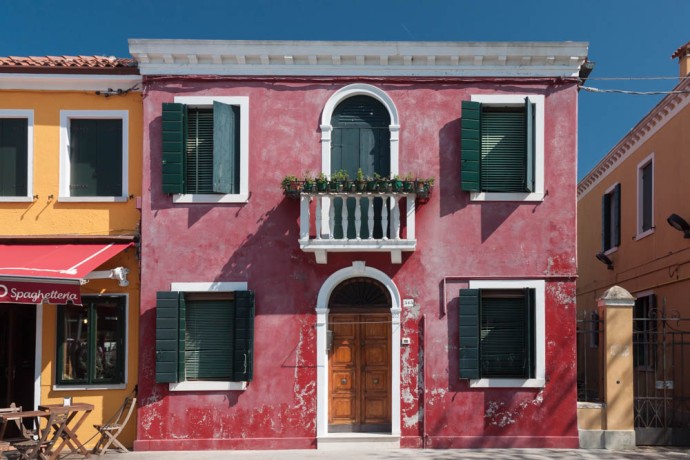
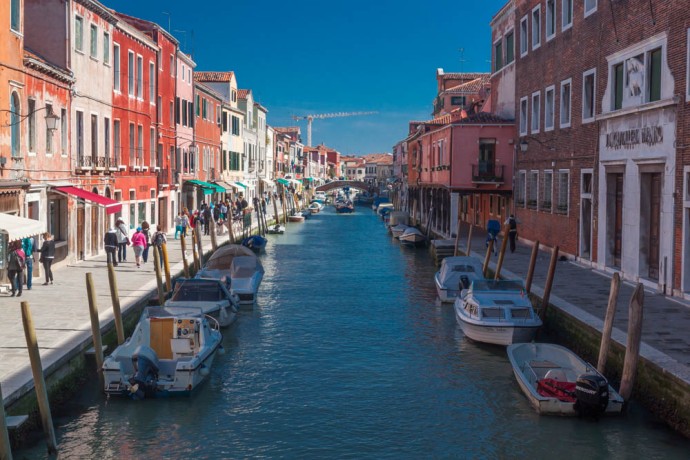
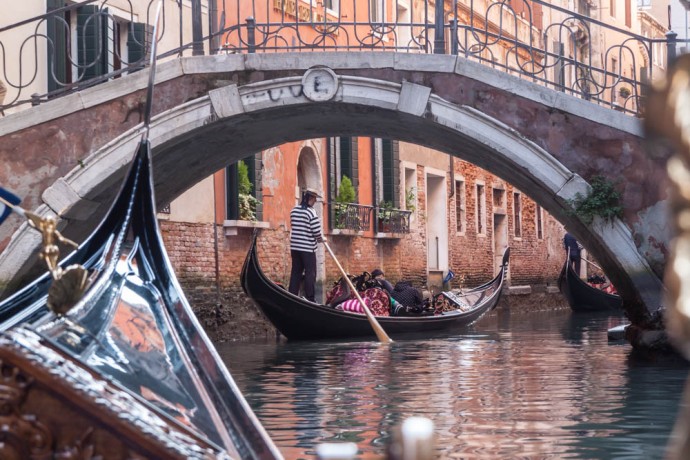
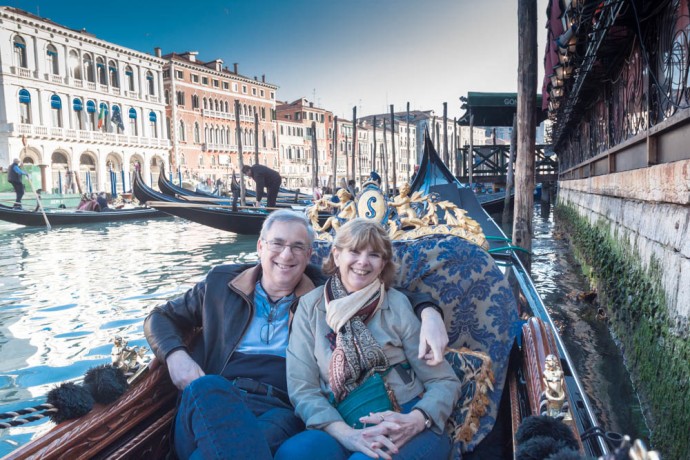
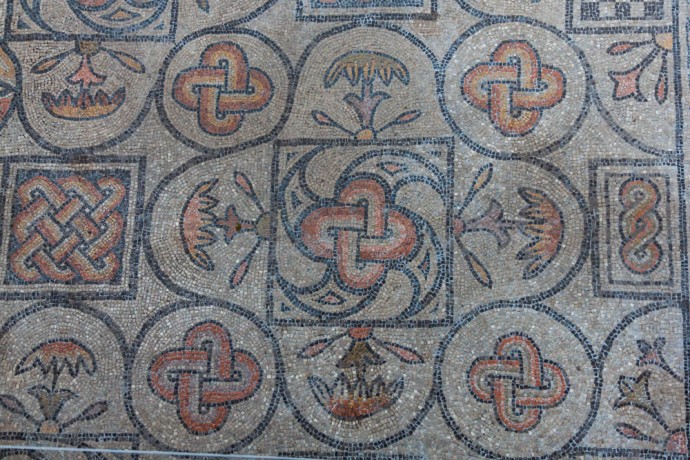

Recent Comments